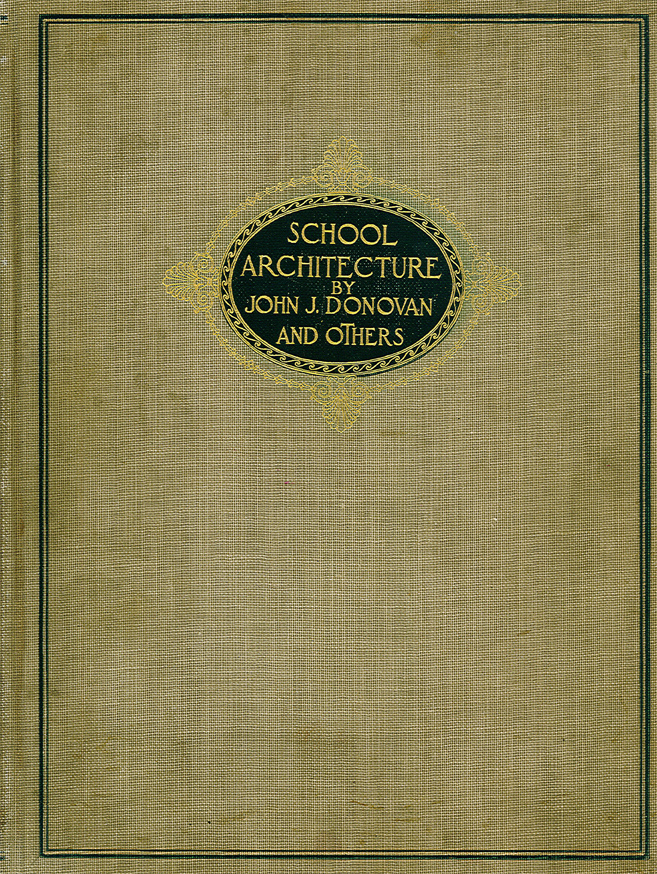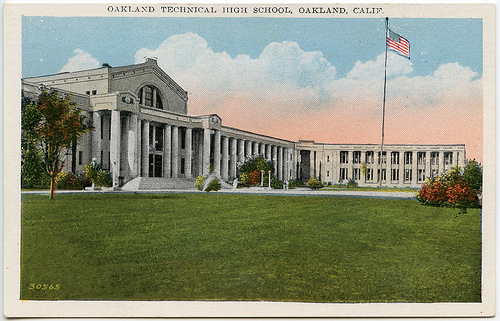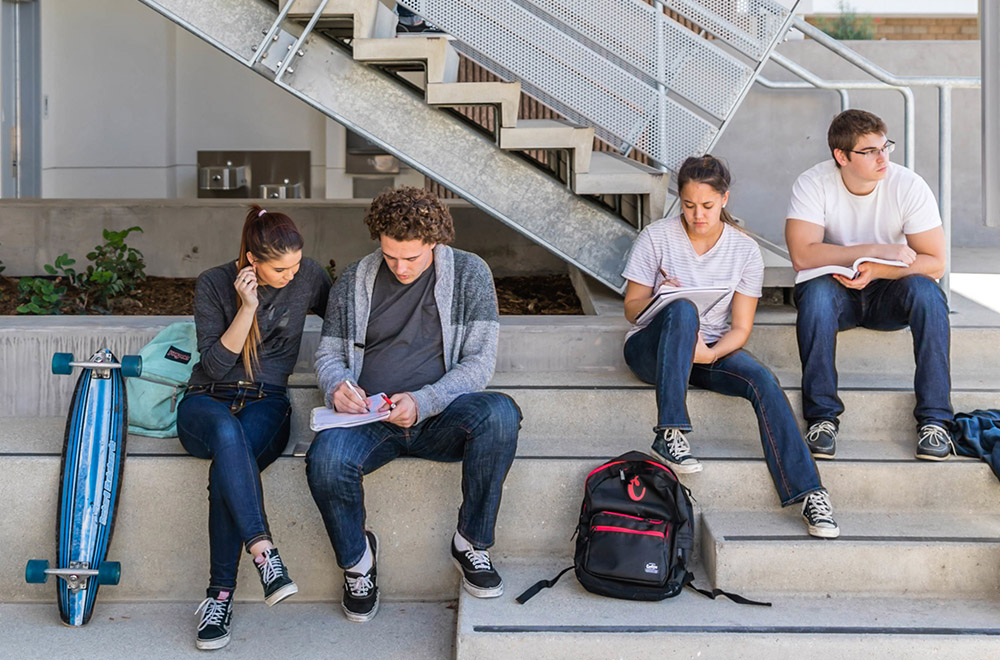By Steve Parker, AIA, LEED AP
 Last January, I was perusing the shelves of William Stout Architectural Books when I discovered School Architecture, Principles and Practices by John J. Donovan and others. John Donovan was an architect who practiced in Oakland during the first half of the last century. He came to Oakland to oversee the construction of Oakland City Hall for Henry Hornbostel, the great Pittsburgh master architect. Finding Oakland to his liking, Donovan decided to stay and open his own practice. Among his many collaborations were Oakland Technical High School, the Oakland Auditorium, and coincidentally, two beautiful elementary schools near my home in San Leandro—a wonderful discovery for me.
Last January, I was perusing the shelves of William Stout Architectural Books when I discovered School Architecture, Principles and Practices by John J. Donovan and others. John Donovan was an architect who practiced in Oakland during the first half of the last century. He came to Oakland to oversee the construction of Oakland City Hall for Henry Hornbostel, the great Pittsburgh master architect. Finding Oakland to his liking, Donovan decided to stay and open his own practice. Among his many collaborations were Oakland Technical High School, the Oakland Auditorium, and coincidentally, two beautiful elementary schools near my home in San Leandro—a wonderful discovery for me.
The book is a treatise for school architecture and design. It is part written explanation and part graphic standard and though it was written 90 years ago, those passages, drawings, and photographs related to the human conditions of “commodity, firmness and delight,” are as valid and useful today as they were in 1921.
The book was a goldmine for me. School design is my passion and I’d found a treasure map to the great architectural concepts behind many educational facilities of the past. Those created before technology became a substitute for important elements like daylight and ventilation, when schools had a grand physical stature within our communities that was equal to our devotion to their purpose. Then I found the passage below and it made me think about how much that devotion has changed.
“There is nothing more impressive or hopeful in American democracy than the devotion of the people to education.”
–John J. Donovan, 1921
After more than two years of grappling with what some have come to call the “Great Recession,” many in this democracy are finding it harder and harder to devote themselves to anything more than survival. Increasing unemployment fosters decreasing government expenditures.
 Oakland Technical High School designed by John Donovan; image via Eric Fischer
Oakland Technical High School designed by John Donovan; image via Eric Fischer
Much of what we have traditionally valued enough to provide for our citizenry is becoming more and more difficult to fund and many of the expectations of the past are quickly becoming untenable. As the economy clamps down on the revenue received by our various governments, so too are the resources needed to realize the list of services we value. Choices must be made—but which of them are most important?
It may seem like a subjective decision unless something more than need is considered, something like benefit.
When measured against other areas of human endeavor, nothing is more beneficial than education. Nothing improves the human condition and secures a brighter future better than an educated populace. It has the ability to reduce the need for expensive services like health care and welfare and even social security while at the same time increasing revenue from higher employment. Education fosters self-reliance and the freedom that brings. It improves self-confidence and worth, and it facilitates hope.
As we move into the future and as pressure builds to do more and more with less and less, we should vigorously insure that we not lose our devotion to education, to all that it does for us or says about us. Our survival depends on our ability to meet the challenges of the future and education is critical to our preparation for that day.
Seeing to the facilitation of education is my passion. Seeing education replace welfare and health care as the primary social service rendered in America is my hope and seeing the neighborhood school return to a position of significant community status (like it had in Donovan’s day) should be our goal.
